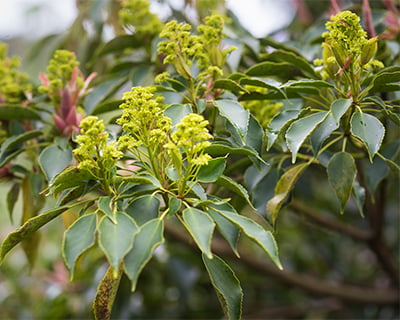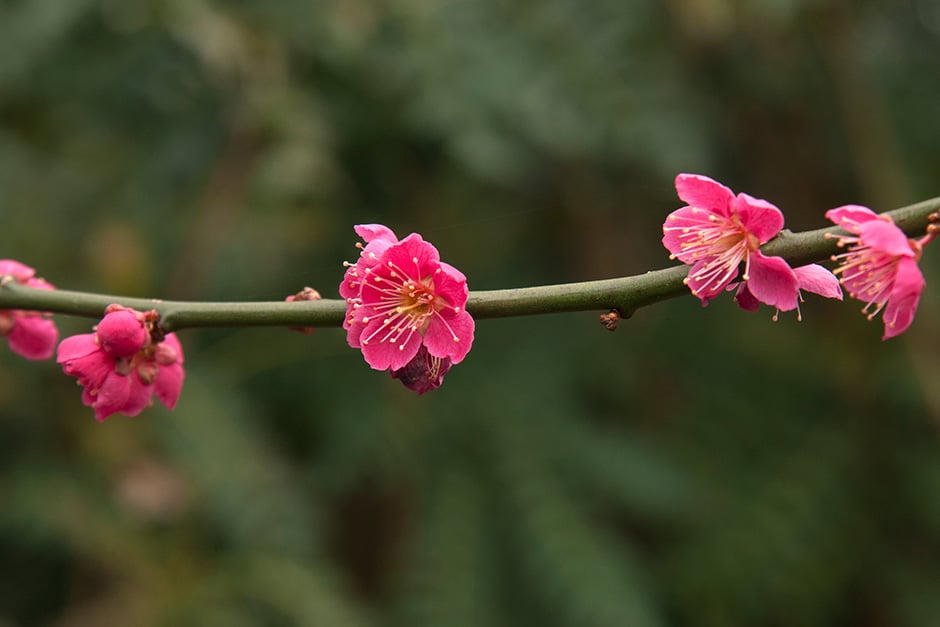Experts’ pick of small evergreen trees
Every garden deserves a beautiful tree and there are plenty that will fit into even the smallest of spaces. Four garden experts give their pick of perfectly-proportioned evergreen trees
Some can also provide fabulous flowers, berries for wildlife, shade in summer and shelter from the harshest winter weather. Growing naturally smaller species also means they’re easily pruned back if they do eventually outgrow their allotted space. Plant scientists now recommend planting a diverse range of trees to give greater resilience in our changing climate.
Top small evergreen trees
Trochodendron aralioides (wheel tree) has a Greek-derived name: trochos means wheel and dendron means tree. This describes the yellow-green, small and round flowers with a crown of stamens that look like spokes. Its green, shiny, leathery leaves are almost 10cm long. Found in Taiwan and southern Japan, it survives temperatures as low as -30°c. It likes semi-shade but will grow in sun or shade. H6 x S4m.
Hoheria sexstylosa ‘Stardust’ (ribbonwood) has a compact, upright habit and is an arresting sight in full flower in late summer. This fast-growing tree blooms from a young age and its pure white, fragrant, star-like flowers shine out against the dark green, toothed leaves in summer. As a New Zealand native, it prefers locations away from cold winds, but is hardy through most of the UK and likes well-drained soils. H5 x S2.5m.
Cryptomeria japonica (Elegans Group) ‘Elegans’ (Japanese cedar) is a small and compact tree that rarely reaches more than 3–5m tall in the UK. Its wonderful pagoda-like shape brings architectural excellence to a sheltered garden. The foliage is like nothing else within the UK treescape, changing throughout the seasons as it turns from vibrant green in summer to a beautiful bronze in winter. Prefers free-draining soil. H5 x S1.5m.


